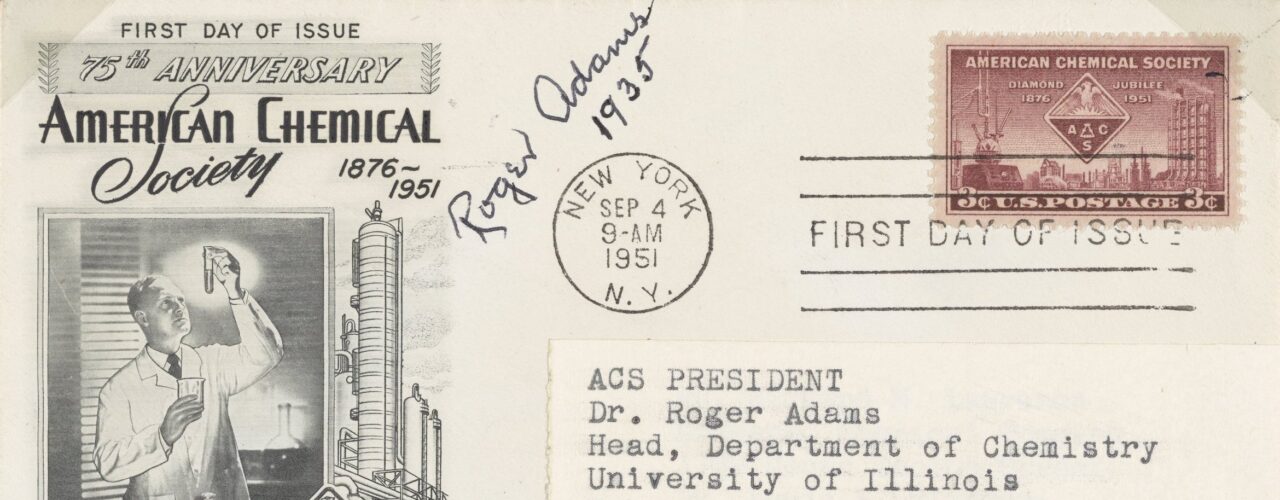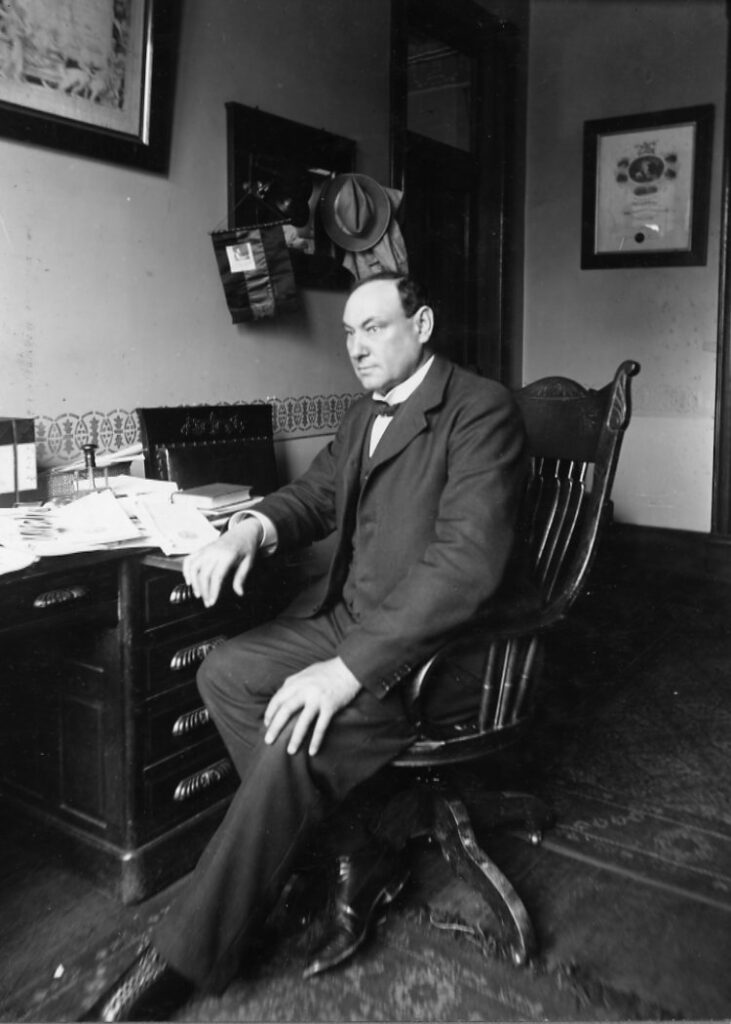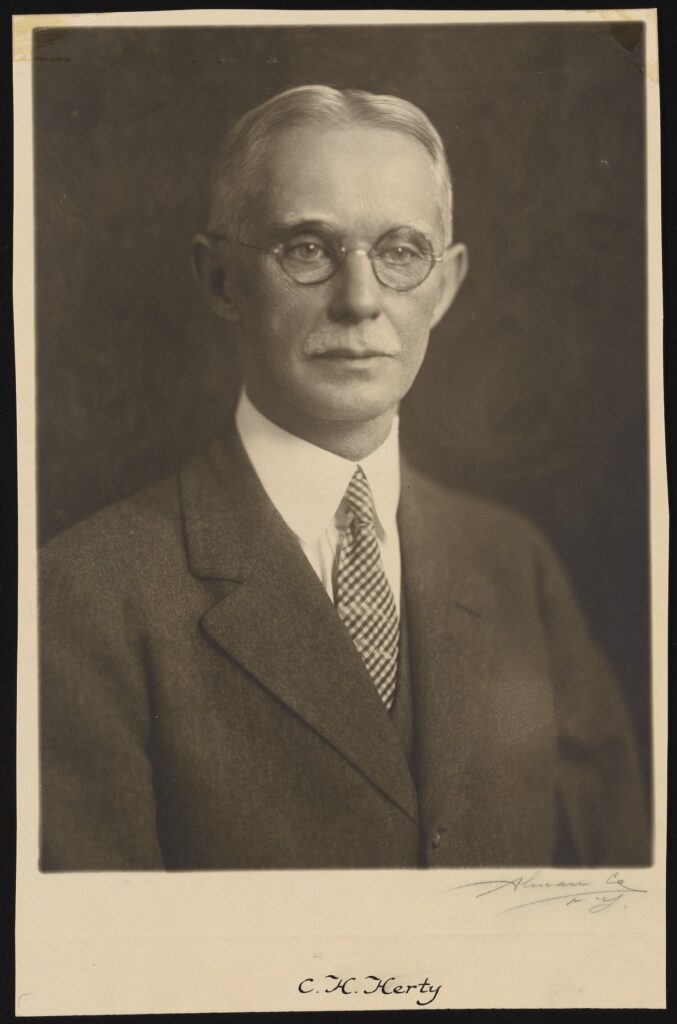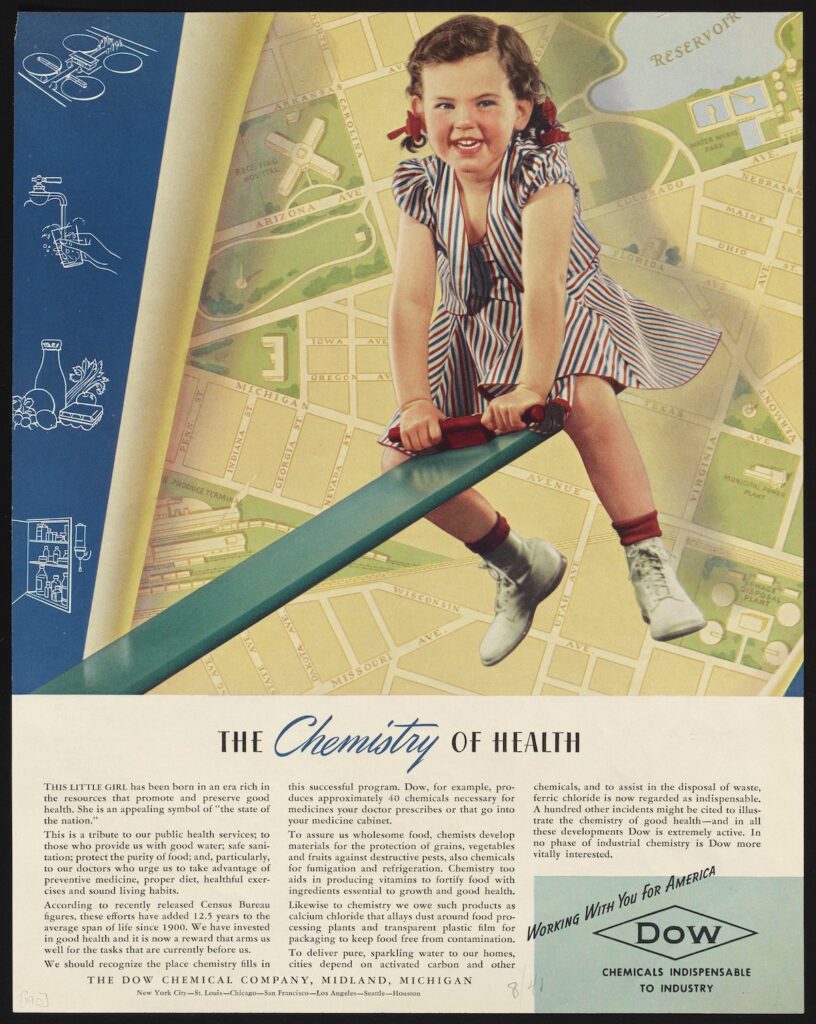The Faces of the American Chemical Society
Celebrate National Chemistry Week with a look at five trailblazing ACS presidents.

Celebrate National Chemistry Week with a look at five trailblazing ACS presidents.
Next week is National Chemistry Week! First established by American Chemical Society (ACS) president George Pimentel on November 6, 1987, as National Chemistry Day, National Chemistry Week promotes public awareness of the importance of chemistry in society.
The Science History Institute has many materials relating to the American Chemical Society in its collections, including oral history interviews of chemists who have served the ACS in different ways, such as Frederick T. Wall, ACS executive director from 1969 to 1972; Madeleine Jacobs, editor-in-chief at Chemical & Engineering News from 1995 to 2003; and Dale B. Baker, director of the Chemical Abstracts Service from 1958 to 1986.
We’ve even had the privilege of interviewing about 10% of the more than 120 people who have served as ACS presidents since 1876. For today’s blog post, we’re excited to feature five trailblazing ACS presidents and the goals they worked to accomplish.
Known as the “father of the Pure Food and Drug Act,” Harvey W. Wiley (1844–1930) was a passionate advocate of public health. For 30 years, he served as the chief chemist in the Bureau of Chemistry at the United States Department of Agriculture where he researched and investigated food adulteration.

Wiley served as ACS president in 1893 and in 1894. During his presidency, membership in the ACS more than doubled in size, and he worked to increase the organization’s prominence nationally.
Wiley also began speaking tours across the country to inform the public about food adulteration. Thanks to his efforts and the efforts of many others, including President Theodore Roosevelt, the Pure Food and Drug Act was passed in 1906.
Chemist and professor Charles H. Herty (1867–1938) was known for his work in the forestry industry and in paper production. He was best known for his development of a cup and gutter system to collect resin from pine trees. Herty was also a major advocate for the development of the U.S. chemical industry to prepare for war against Germany during World War I.

As the 32nd president of the ACS, Herty even invited former president Theodore Roosevelt to speak at the September 1916 ACS meeting in hopes of building public interest in chemistry. Herty was also instrumental in establishing the ACS Press and Publicity Committee in 1916.
Chemist and professor Charles C. Price (1913–2001) was a pioneer of polymer science. He taught at several prominent universities, including the University of Illinois at Chicago, the University of Notre Dame, and the University of Pennsylvania.
Price was a scientist with a disability; he lost his right hand in an accident when he was six years old. He invented polyurethane rubber, which is used in flotation devices, mattresses, and packaging. Price was also instrumental in establishing the Center for the History of Chemistry, which later became the Science History Institute.
Price served as ACS president in 1965. In his 1979 oral history interview with Leon B. Gortler, held by the Science History Institute, he identifies his two most important contributions as ACS president: delivering the presidential address about the synthesis of life and establishing the Chemistry and Public Affairs activities in the ACS.
Chemist and educator Helen M. Free (1923–2021) was best known for developing revolutionary testing methods for diabetes—the dip-and-read urine tests—with her husband, Alfred Free. She was involved in the American Chemical Society throughout her career and was especially passionate about getting women into science.
In 1993 Free became the first ACS president without a PhD. As she relates in her 1998 oral history interview with James J. Bohning, she had several goals for her presidency: public outreach, getting women interested in chemistry, and getting more ACS members involved with the organization.
Chemist Nancy B. Jackson (1956–2022) was known for her research on catalysis and the development of alternative fuels. She was passionate about underrepresented minorities and sought to improve the working environment for women at Sandia National Laboratories.
Jackson’s work took her all around the world when she began working with the U.S. Department of State via the Chemical Security Engagement Program. Throughout graduate school and her professional career, she was active in the ACS, including serving on and chairing committees.
Jackson served as ACS president during the International Year of Chemistry in 2011 and was the first Native American to hold the position. She learned of her appointment while in Jordan.
In her 2010 oral history interview with Hilary Domush, Jackson discusses what she hoped to accomplish during her presidency—in particular, using stories to better communicate science and chemistry to the public.
In 2023 National Chemistry Week is focused on the healing power of chemistry. Whether through medicine, waste disposal, or food packaging, we can thank chemistry for many of the public health benefits that we experience in the modern world.

I invite you to join the celebration of National Chemistry Week by visiting the Science History Institute Digital Collections and seeing all the ways chemistry benefits modern life—and even makes it fun!
Thanks to digital engagement editor Mia Jackson for creating the audiograms used in this post.
Featured image: First Day Cover Commemorating the 75th Anniversary of the American Chemical Society, 1951. Science History Institute.
More and more digital research tools are helping to answer even the smallest collections questions.
In pursuit of something memorable and meaningless.
How does a museum and library negotiate biography, civics, and the history of science?
Copy the above HTML to republish this content. We have formatted the material to follow our guidelines, which include our credit requirements. Please review our full list of guidelines for more information. By republishing this content, you agree to our republication requirements.